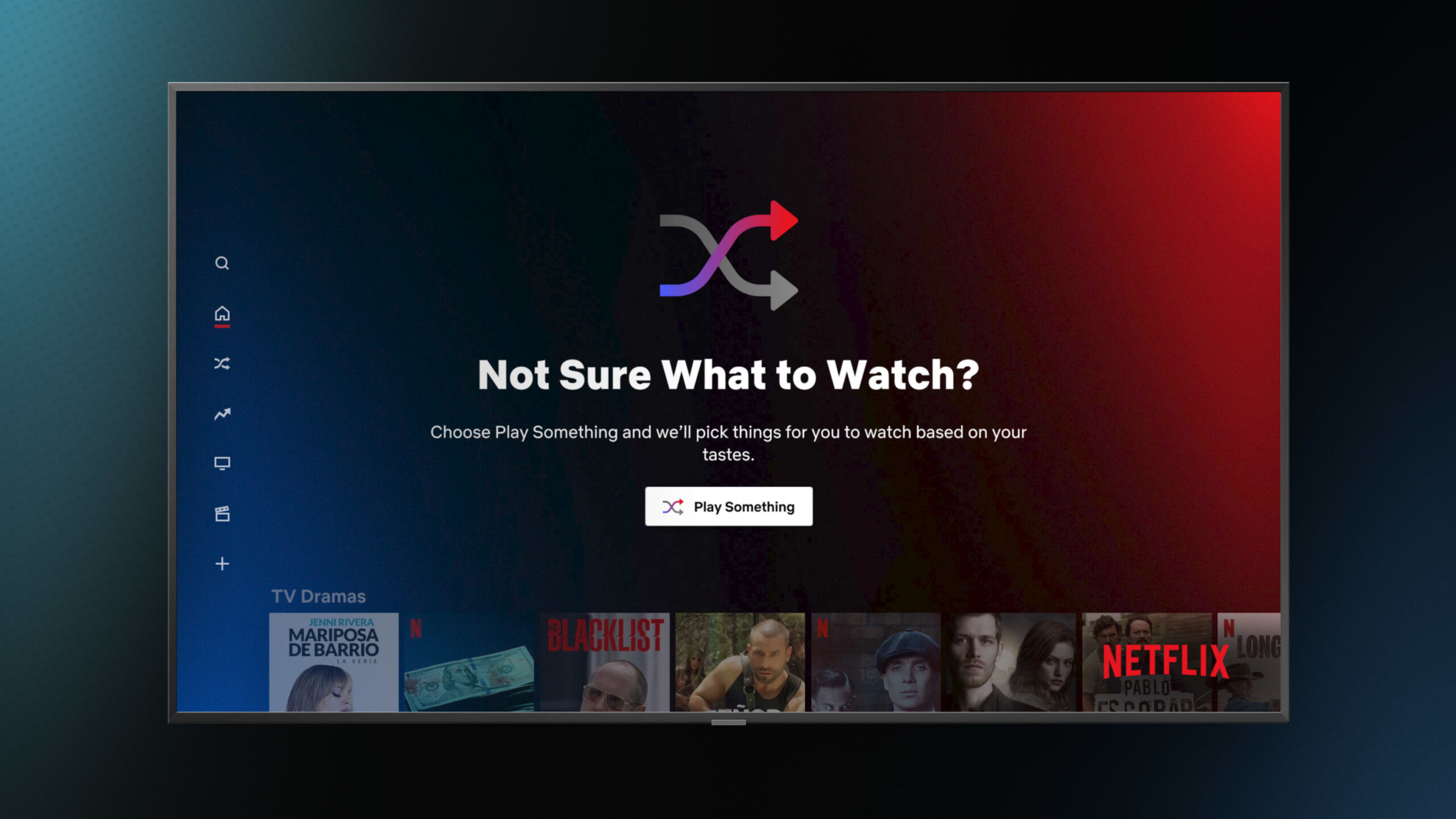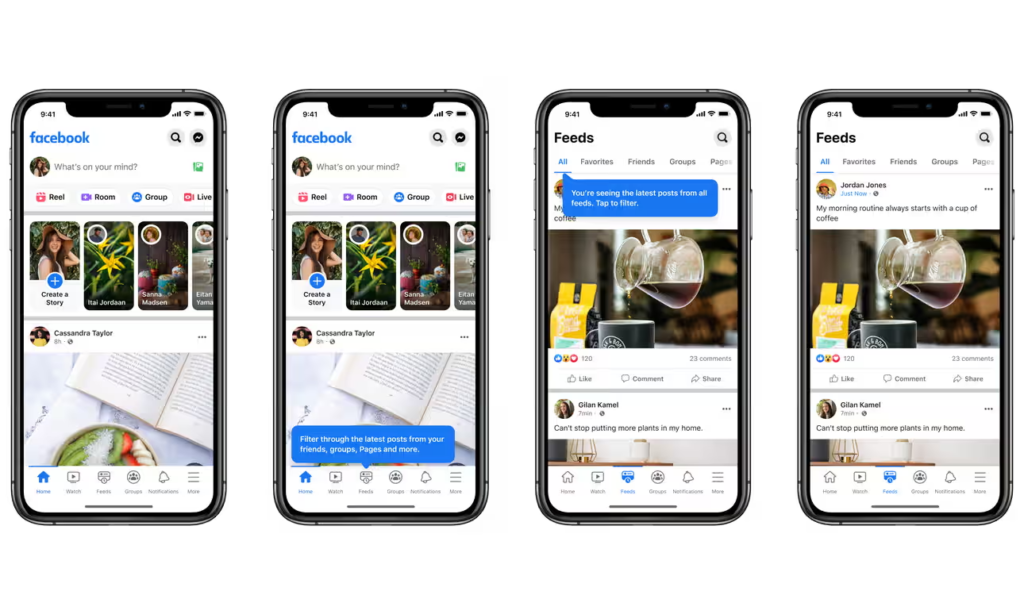Ever found yourself gazing at a product recommendation, tailored just for you, wondering, ‘how did they know I’d like this?‘ Or maybe you’ve wondered how a website adapted your browsing style, making the entire experience feel so smooth. In such moments, you’re likely witnessing the work of Artificial Intelligence, hard at work in the world of UX design.
I remember the first time I saw AI in action, was when I tried the Netflix’s recommendation system. It was amazing how it knew just the kind of movies and shows I’d enjoy. As a UX designer, it felt like a new world had opened up before me.

Fast forward a few years, and AI is no longer just a fancy extra in UX design. It’s a main player, changing our profession from the ground up. AI’s potential to learn patterns, anticipate user behaviors, and offer deeply personalized experiences is extraordinary. And let’s not forget about its predictive capabilities and the ability to analyze large volumes of user data swiftly. It’s like having an intuitive co-designer who doesn’t sleep.
But just like a coin, there are two sides to AI. AI brings exciting new possibilities to UX design, but it also brings a set of ethical questions. Are we clear about how AI is influencing the user’s experience? Are we sure that AI isn’t making biased decisions? And where is the line between useful personalization and invading a user’s privacy?
It’s great to be part of this AI change in UX design. But we need to remember to handle this power carefully. As we go forward, we need to look at the ethical problems that come with using AI, and work out how to solve them.
Unveiling AI in UX Design
You might have come across the term “AI” multiple times, in articles, tech blogs, or webinars. But have you ever thought what AI actually means for us UX designers?
At its core, AI is about creating machines that can think and learn like humans. It’s not about replacing us, but it’s about aiding us, helping us make more informed, intelligent decisions.
In the world of UX design, AI has been a game-changer. It has opened up new possibilities that we could hardly have imagined a few years ago. From predicting user behavior to creating personalized experiences, AI has given us a whole new toolset. It’s like suddenly having a superpower that lets us go into our users’ minds.
Those recommendation systems on websites like Amazon or Netflix are prime examples of AI in UX design. They use a method known as collaborative filtering, which takes into account your past behavior and that of other similar users to suggest products or shows that you might like. It’s a personalized experience based on patterns – AI is seeing the patterns that we might miss.
Then, there are chatbots. These virtual assistants, powered by AI, are now common on many websites. They answer queries, guide users, and provide a seamless experience, all while gathering valuable user data. Chatbots are often backed by something called Natural Language Processing (NLP), an AI technique that helps the chatbot understand and respond to human language.
AI is also pushing the boundaries with predictive UX. It’s a new concept where AI uses the data it has collected to predict what the user will do next and design the user’s journey accordingly. Imagine a navigation app that predicts your next destination based on your daily routine, even before you type it in. That’s predictive UX for you.
These are just a few examples. The world of AI is vast, and we are only scratching the surface. But even as we embrace these exciting changes, we need to be mindful of the ethical questions that they raise. We’ll delve into that in the next section.
The Double-Edged Sword: Benefits and Potential Pitfalls
AI is undoubtedly transforming UX design. The benefits are incredible, but like anything else in life, AI comes with its own set of potential pitfalls. Let’s take a look at both sides of the coin.
The Bright Side of AI in UX Design
AI’s capabilities in understanding and predicting user behavior have taken personalization to a whole new level. It allows us to craft user experiences that are not just convenient, but also highly personalized. Take Spotify‘s Discover Weekly playlist as an example. By analyzing your listening habits and comparing them to other users with similar tastes, Spotify can recommend new songs and artists that you’re likely to enjoy. That’s AI in action, delivering a tailored experience that feels uniquely yours.

AI also significantly improves efficiency. For instance, AI-powered tools like Adobe’s Sensei can automate routine tasks, freeing up more time for us to focus on strategic thinking and creativity. Sensei can quickly analyze vast amounts of data and offer insights that help us design better experiences. It’s like having a smart assistant who’s always ready to help.
The Other Side: Potential Pitfalls of AI in UX Design
As UX designers, we also need to be mindful of the challenges AI brings to the table. One key issue is transparency. With AI quietly working in the background, it’s not always clear to users when or how AI is influencing their experience. Take the Facebook News Feed, for instance. Many users aren’t aware that an AI algorithm is curating the content they see, potentially influencing their perspectives.

Bias is another significant concern. AI systems learn from the data they’re fed, and if that data contains biases, the AI will likely replicate them. Consider the case of Amazon‘s AI recruiting tool, which was found to be biased against women. The AI had been trained on resumes submitted to Amazon over a 10-year period, most of which came from men. As a result, the AI system started favoring male candidates.
Lastly, there’s the issue of privacy. With AI collecting and analyzing vast amounts of personal data, how can we ensure the user’s privacy is respected? How can we strike the balance between personalization and privacy?
Ethical Dilemmas in AI-Powered UX Design
As we further integrate AI into our design practices, we’re increasingly faced with a new set of ethical dilemmas. How can we balance the need for personalized experiences with respect for user privacy? How do we prevent our AI tools from inadvertently reinforcing societal biases? Let’s dive deeper into these questions.
Balancing Personalization and Privacy
Personalized experiences are the hallmark of effective UX design. But with AI, personalization is often achieved by analyzing large volumes of user data, raising concerns about privacy. For instance, a navigation app might predict your home or work address based on your travel patterns. While this feature can be convenient, it might also make some users uncomfortable about how much the app knows about their personal lives.
In such cases, it’s crucial for us, as UX designers, to give users control over their own data. Transparency about how we collect and use data, as well as options to opt out, are key to maintaining trust.
Avoiding AI Bias
The problem of AI bias is another significant ethical dilemma. If the data used to train an AI system contains bias, the AI system can end up replicating that bias, as in the case of Amazon’s recruiting tool I mentioned earlier.
As UX designers, we need to be aware of this risk and take steps to prevent it. One way is to ensure diversity in the data we use to train our AI systems. Another way is to regularly test and review our AI tools for potential bias.
Informed Consent and Transparency
Lastly, there’s the issue of informed consent. Many users might not be aware that an AI is influencing their experience or making decisions on their behalf. Take the Facebook News Feed algorithm, for instance. Many users don’t realize that an AI is deciding what content they see.
As UX designers, we have a responsibility to make our use of AI transparent. This could mean explicitly informing users when an AI is involved and explaining, in simple terms, what the AI is doing.
Dealing with these ethical dilemmas is not easy. But it’s an essential part of our job as UX designers. In the next section, we’ll discuss some strategies to address these challenges
Towards Ethical AI in UX: Strategies and Solutions
Tackling the ethical dilemmas of AI in UX design is not an impossible task. Here are some strategies and solutions we can adopt to navigate these challenges.
Prioritize Transparency
As I’ve mentioned earlier, transparency is key. Users should know when they’re interacting with an AI. Consider including a simple notification or symbol that indicates when AI is in use. Moreover, privacy policies and terms of service should be clear about how AI is used and what data it collects. Making these documents easy to understand can go a long way in building user trust.
Embed Ethics in Design Process
We should consider ethical implications from the very beginning of the design process. For example, we can include ‘ethical checkpoints’ at key stages of the project. These could be moments where we pause and ask ourselves: Are we respecting user privacy? Are we being transparent about our use of AI? Are we doing everything we can to prevent bias?
Incorporate Diverse Data Sets
To tackle AI bias, we need diverse data sets for training our AI systems. This means data that represents a broad range of user backgrounds and experiences. The more diverse our data, the more likely our AI will be fair and unbiased.
Regularly Test and Audit AI Systems
Finally, we should regularly test and audit our AI systems for bias and other ethical issues. This means not just testing the AI once it’s finished, but ongoing checks to ensure it continues to behave ethically as it learns and evolves over time.
Adopting these strategies won’t eliminate all ethical dilemmas, but it’s a start. It’s about being proactive, rather than reactive. And above all, it’s about keeping our users’ best interests at heart, even as we explore the exciting possibilities of AI.
In the end, our aim as UX designers should always be to create experiences that not only delight our users but also respect their rights and values.
The Future of AI and Ethics in My UX Journey
The integration of AI into UX design has transformed the way I see and do my work. The same design principles apply, but the scope and the tools have changed dramatically. I see new doors opening, with fascinating opportunities behind each one.
But along with the excitement, I can’t help but acknowledge the unease. With AI comes a whole new set of ethical questions that we, as UX designers, must face. Despite these challenges, I remain optimistic. Yes, the path ahead is new and at times uncertain, but it’s also thrilling. As we navigate these uncharted waters, there’s an opportunity for us to define not just the future of UX design, but the ethical foundation that underpins it. So, here I am, embracing the double-edged sword of AI in UX design, anticipating the challenges, but more importantly, eager for the solutions we’re going to create together.

